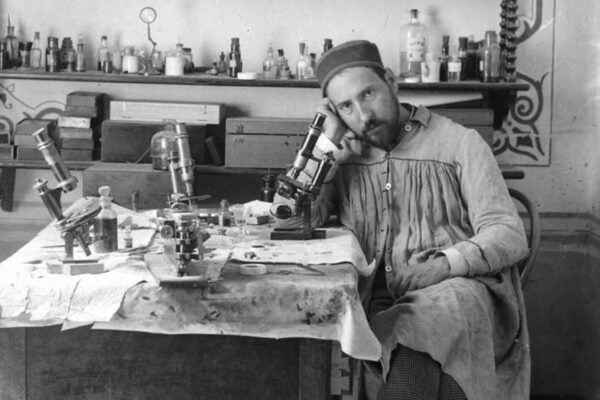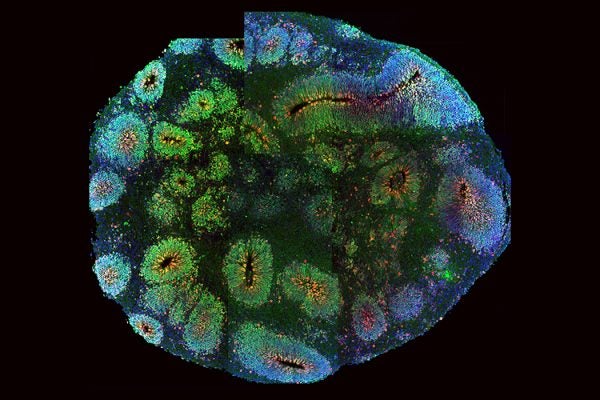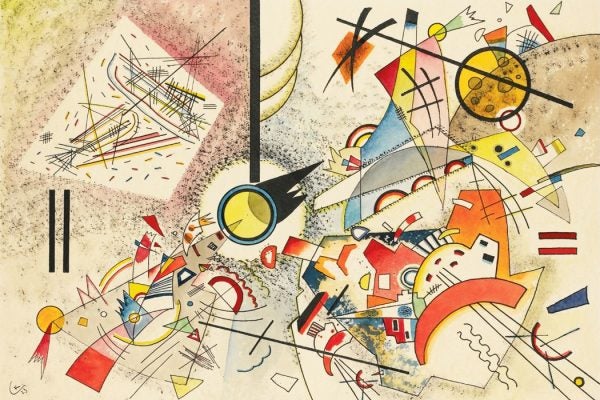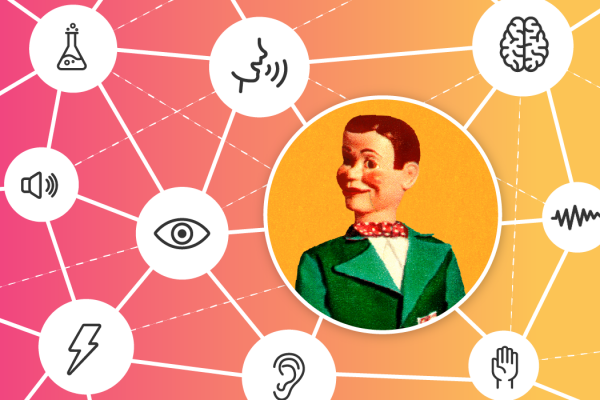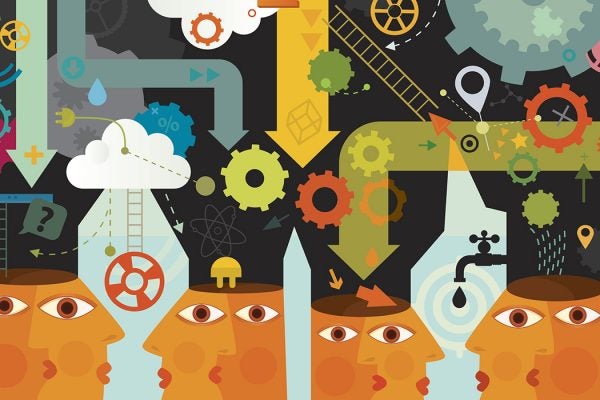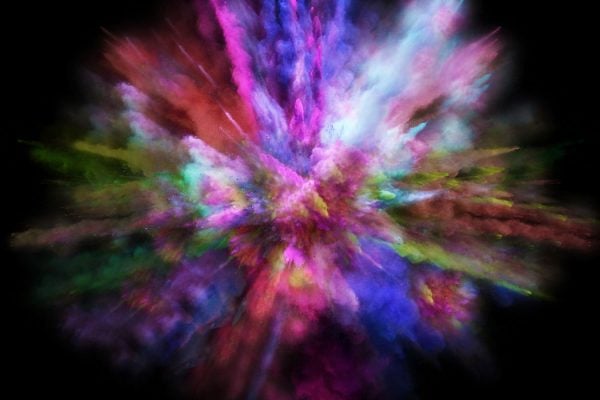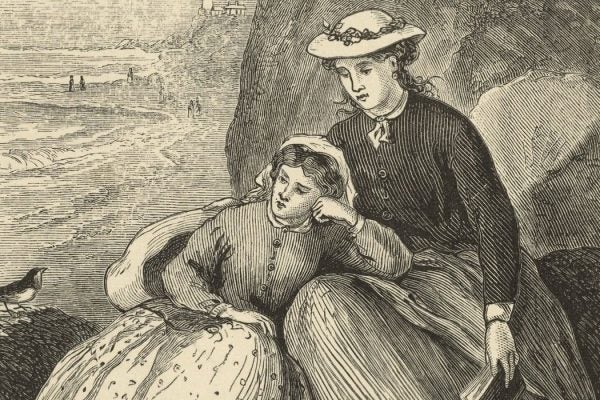Imag(in)ing the Brain
Nobel winner Santiago Ramón y Cajal preferred to draw his own renderings of neurons rather than avail himself of photomicrography's wonders.
Is It Ethical to Grow a Brain in a Petri Dish?
Brain organoids could be the key to understanding brain diseases, which is why we should think carefully about how far we are prepared to take them.
Can Zapping Your Brain Really Make You Smarter?
Early scientific results on transcranial direct current stimulation (tDCS) show promise, but are they enough to support a multi-billion-dollar industry?
Art Is Good for Your Brain
The field of neuroaesthetics uses neuroscience to understand how art affects our brains, both when we're making it and when we're viewing it.
People Who Can’t Feel Pain
While exceptionally rare, congenital analgesia, or a total insensitivity to pain, is a real condition that can be quite dangerous.
To Cope with Digital Distraction, Embrace Digital Neurodiversity
The internet is changing our brains. Our columnist suggests that maybe this isn't such a bad thing.
How Ventriloquism Tricks the Brain
New research shows our brains place more weight on vision than hearing in identifying the source of a sound. But why?
What is Memory?
Research suggests that memories may alter the brain's architecture, forming new synapses and strengthening existing ones.
Synesthesia for Beginners
Synesthesia—a mixing and merging of the senses—is surprisingly common. Studies of the phenomenon can help explain how the brain and sensory system work.
Did Victorians Really Get Brain Fever?
The melodramatic descriptions of "fevers" in old novels reveal just how frightening the time before modern medicine must have been.
